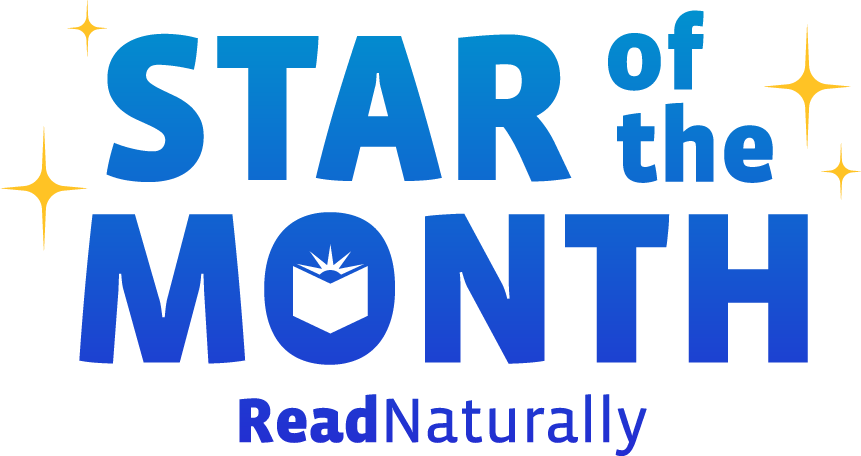What are the most effective ways to teach words and word learning? This edutopia article offers 11 strategies for teaching vocabulary effectively and in accordance with the Common Core State Standards. We were pleased to see that many of the suggestions in the article are incorporated into our popular Take Aim at Vocabulary program. Years of extensive research, carefully developed content, and thorough field-testing went into making Take Aim the highly successful tool it is. We believe Take Aim is the best product on the market for developing vocabulary in the critical middle grades, and Take Aim users agree. Here’s why:
Read more “O Romeo, Romeo, wherefore art thou Romeo?” Ask your students what this famous Shakespeare line means, and many will tell you Juliet is wondering where Romeo is. As you probably know, she’s not. She’s wondering why he is. The confusion about this quote is not surprising. Wherefore in the world does wherefore mean why? It’s just one of the many puzzling nuances of the English language.
Read more When you make a small mistake, do you point it out? Or do you move on and pretend it never happened? Often, we have a tendency to do the latter. So it’s not surprising that your students may be hesitant to call attention to their own errors while reading. In Read Naturally strategy programs, however, we ask them to do just that. Here’s why:
Read more Male and female brains are different. It’s a scientific fact, yet you probably don’t need science to believe it. You observe it every day in how your students interact, how they play, maybe even how they learn. Have you ever wondered what these differences mean for struggling readers?
A recent study conducted by neuroscientists at Georgetown University Medical Center considered this question through a study of dyslexia. The study compared the brain anatomy of people with dyslexia to the brain anatomy of people without it. Unlike similar studies, the Georgetown study separated males from females and looked for differences between the two groups.
Read more You've worked hard all year to accelerate your students’ progress. Thanks to your dedication, many of your students are now reading better than ever. How can you ensure this crucial progress is not lost over the summer?
While you can’t personally be there to ensure your students don’t experience the “summer slide,” you can help them avoid it. It’s as simple as sending home a letter.
Read more Ever feel like you need to be doing more with less time? That’s why we couldn't leave well enough alone. We listened to your suggestions and totally re-made the Read Naturally GATE so that it is better than ever for you and your students.
Read more What are some similarities and differences between the Taj Mahal and the Golden Temple? What do Read Naturally programs have in common with the Common Core State Standards? How do these questions relate to each other, and most importantly, how do they relate to free resources for teachers?
The Common Core State Standards (CCSS) specify that students should have the ability to analyze how two or more texts address similar themes or topics. Drawing comparisons in this way helps students build knowledge and think critically about the different approaches of various texts.
Read more Which students will you assess for weaknesses in phonics? In some schools and at some grade levels, teachers are required to assess all students using specific assessment tools. In other schools and perhaps in higher grade levels, teachers may want this valuable information, but recognize that individual diagnostic testing of all students is not necessarily an effective use of time.
Read more Earlier this year, our award-winning One Minute Reader program jumped off the page and onto the tablet. The free version of the One Minute Reader iPad app was an instant hit, giving developing readers everywhere the opportunity to try a unique fluency-building strategy that really works. Thousands of excited parents and teachers have since purchased additional One Minute Reader content through the in-app bookstore. Today, we’re happy to announce that it’s even more convenient and less expensive to purchase this content—just in time to ensure your students continue making gains over the summer.
Read more You pick up a magazine and read an article, start to finish. You put the magazine down and realize you can’t recall anything about the article—not because you couldn't comprehend what you read, but simply because you didn't. This happens to even the most fluent readers. Comprehension may be the purpose of reading, but it’s never a guarantee.
Read more  Share your student’s success story—nominate him or her for our Star of the Month award. Win a Barnes & Noble gift card for the student and a Read Naturally gift certificate for your class!
Share your student’s success story—nominate him or her for our Star of the Month award. Win a Barnes & Noble gift card for the student and a Read Naturally gift certificate for your class!